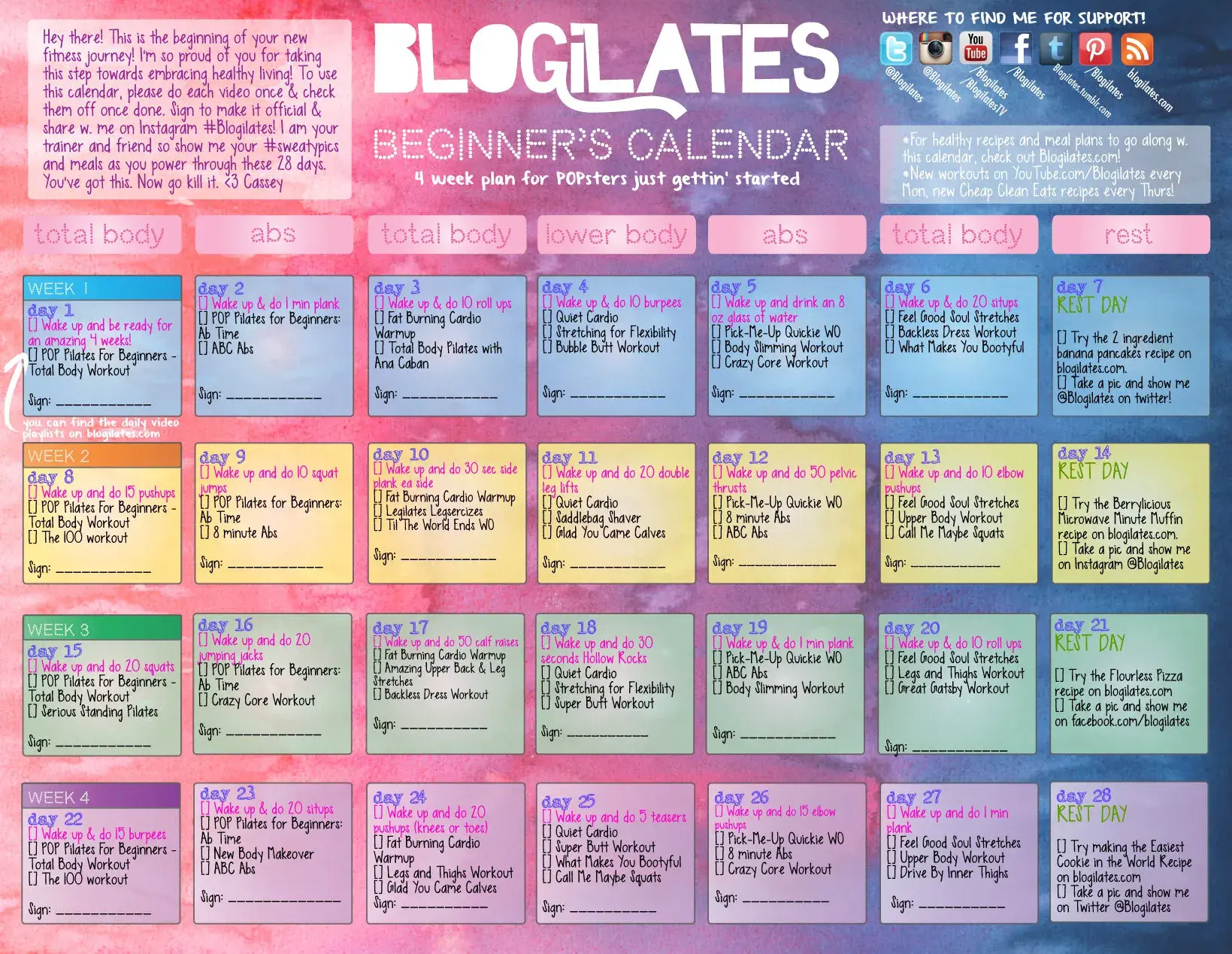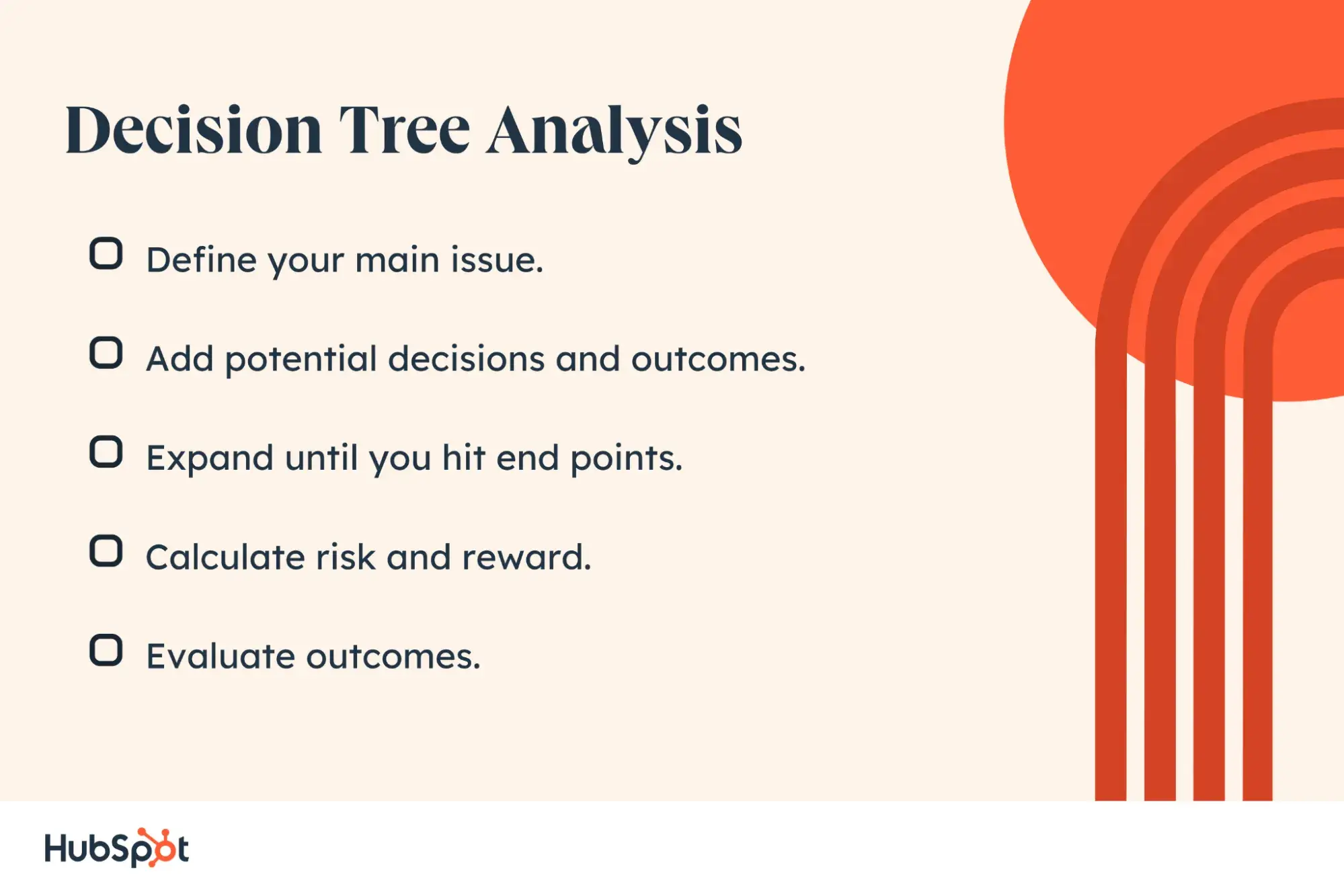
Just about anyone can start a business … but what does it take to run a successful business? Through my personal experience, I’ve found that running a business successfully is about a lot more than filling out a few forms, getting the permits or licenses you need, and selling a product.

To the contrary, I’ve learned that running a business that thrives long-term requires a wide range of skills, strategies, and tools. In this article, I’ll share my top tips for running a successful business, based on takeaways from my own career as well as recommendations from a range of business experts. With these pro tips, you’ll have everything you need to launch — and maintain — a thriving, sustainable business.

All fields are required.

Click this link to access this resource at any time.
The world is changing quickly. As such, the strategies and habits that worked in the past don’t guarantee success today. Whether you’re starting a business for the first time or working to pivot your company in a new direction, running a business today means staying open to new ideas and taking in an ever-growing flood of information. Here are some of my top tips for running a successful company in an increasingly uncertain and evolving business environment:
Today’s customers and prospects have access to more information than ever before. According to HubSpot Research, 79% of customer service teams feel customers are more informed than they were in the past, and almost 90% of surveyed leaders say their expectations are higher than ever before.
As a result, in many situations, how you treat your customers — that is, your customer experience — has more of an impact on your business success than your pricing or even your products. Customer experience is the overall impression you give your customers, and it influences their perception of your brand across each stage and touchpoint of the customer journey.
This means that businesses need to focus on every step of the buyer journey, identifying hurdles on that path and offering new opportunities to create a great customer experience. Specifically, there are a few tactical ways you can build a customer focus into your business:
Customers want and expect a great experience from beginning to end, and they’re often willing to pay a premium for it. Are you ready to provide that experience? Are you over-delivering on your CX? To run a successful business, you should be.
Featured Resources
The oldest companies in the world have been around for as long as 1,400 years. But many companies struggle to last: In 2023 alone, over 18,000 U.S. businesses filed for bankruptcy.
Every business is born from an idea. Some ideas are riskier than others. Some ideas seem like a good plan but fizzle out over time. In my experience, there are a few steps you can take to identify an idea that will make your business a success.
First, start with what you know. If you’ve ever had a hobby or job you’re passionate about, you know that every niche is more complex than it seems. As you learn more, you get a clearer picture of the joys and challenges below the surface.
For example, a gamer who’s obsessed with Stardew Valley is a totally different customer from a Half-Life player. If you try to build a business that targets all video game players, rather than a more specific sub-group, you might struggle to meet the needs of this diverse customer base.
Next, you’ll want to talk to your community. Whether it’s family and friends or an online group, it’s smart to test out the value of your ideas with a group of people. This can help you refine your idea and determine common objections.
Finally, it’s essential to do your research before you launch your business idea. If you want to create a product or service that people are willing to pay for, it has to be unique, useful, and high-quality. That kind of idea may take some time to polish before it’s ready for purchase.
Featured Resources
A great idea is important, but it isn’t enough to build a successful business. Indeed, in my experience, it’s easy to come up with a great idea. What’s difficult is executing that idea effectively.
Moreover, even if you’ve executed your current idea, no great product is ever finished. To continue to offer value, many products need constant updates in response to customer reviews and internal feedback.
Pro tip: It’s not just about the product. Even if your product or service is perfect, the foundation of any successful business is trust.
To develop trust, your business needs to go above and beyond target audience expectations. There are a few strategies that I’ve found can be particularly helpful in building and sustaining trust. First, it’s important to make sure that your product does exactly what you say it does. Never over-promise, or sell functionality your product doesn’t have.
It’s also critical to provide value throughout the customer experience, from support to instructions to your return policy. After all, value isn’t just the cost of making your product or what you ask in exchange for it. It’s customers’ perceptions and how reliably you meet or exceed their expectations.
For example, the athleisure brand PopFlex doesn’t just sell clothes. It also runs a fitness blog called Blogilates that offers a wide range of additional resources to support its customers.

Featured Resources
In today’s business world, the only certainty is constant change. To prosper in such an environment, you’ll need to learn to shift with the times. Whether that means following evolving fashion trends, adapting to regular tech updates, or adjusting to meet new customer requirements, the ability to stay flexible is essential.
Importantly, this isn’t just about adjusting your products or marketing. Employee expectations and needs will change. Customer expectations will swing. It may feel more comfortable to stick with what you’re used to and ask other people to change instead … but I’ve learned that such an inflexible approach can limit your ability to succeed.
Adapting to change isn’t always easy, but greeting change with a positive and open attitude can improve productivity, loyalty, and engagement. It can also help your business act on new ideas early, giving you a competitive advantage.
If flexibility and adaptability don’t come naturally to you, you may need to go out of your way to practice them. One way to stretch your flexibility is to travel, as the experience of adjusting to a different language and culture can make it easier to be flexible at home. Other ways to become more comfortable with change include:
Featured Resources
Starting any business is a risk — but it’s unlikely to be the last risk you take. More often than not, running a successful business means making lots of big decisions and undertaking numerous creative experiments.
It may sound scary (especially when you’re talking about a company that supports you, your family, and your team), but that willingness to take risks is, in fact, exactly what creates a stable foundation for your business.
After all, being creative is about determining where traditional thinking has come up short and developing new ways of solving problems. Bold decisions don’t require any less planning or preparation than traditional ideas. They just take more faith, because there is usually little to no proof that these ideas will work. They might also take more trial and error, but when a creative solution works, it really works.
If you don’t think of yourself as bold or creative, this aspect of running a successful business may feel a bit daunting. That said, research shows that there are a few ways that anyone can use the creative process to improve their business decisions.

Start by learning about the problem. Try to take in as much information as you can before you take action, and don’t be afraid to sit with what you’ve learned for a little while.
Consider the possible positive and negative impacts of different solutions, and don’t let the urgency of a deadline or external pressure rush a decision. In my experience, creative decision-making is rarely a linear process, but here are some tools that can help when you’re feeling stuck:
Running a business takes a lot of skill, effort, and time. When your batteries are running low, it can be especially tough to give enough focus to the people and processes that need “extra” attention. But, paying attention is critical to ensure your business survives and thrives over the long term, as it can give you access to the vital insights you’ll need to grow your business.
It’s particularly vital to pay attention to your customers’ changing needs. Take it from me: People are talking about you and your brand, whether you ask them to or not. Are you listening to them and considering what they’re saying?
To make sure you’re really listening to your customers, I’ve found that it can help to complement traditional methods like calling or emailing your customers with investing in social listening or conducting feedback surveys such as net promoter score (NPS) to gather data on customer sentiment.
Pro tip: Venngage CEO Eugene Woo has consistently prioritized listening to feedback and applying that input to grow his business.
He reflects, “I’ve come to embrace a few core values. This includes realizing our mission over a long period of time instead of a quick exit, creating value for our customers by helping them solve real problems, being responsible for our own financial sustainability, scaling at our own pace, and doing the right thing over ‘it’s just business.’ This philosophy has guided every aspect of my decision-making process…over the past four years.”
As Shark Tank investor Lori Greiner has famously observed, “Entrepreneurs are the only people who will work 80 hours a week to avoid working 40 hours a week.”
Running a business can take over your life. But if you don’t take a break once in a while, it’ll be hard for your business to prosper. Stepping away from your office, store, or computer is essential to your continuing success.
Make time for social activities. Attend events, do some networking, or start a hobby that gets you out into the world. I’ve seen firsthand just how helpful activities like these can be in improving your energy levels and expanding your support system.
It’s also a good idea to take extra care of yourself. Try to get in some regular physical activity, travel, and take short breaks throughout the day to give yourself a rest and a change of perspective.
Remember: We all have to put on our own oxygen masks before helping others. If we don’t take care of ourselves, we won’t be able to take care of those around us. Likewise, if you don’t invest in your personal health and well-being, you won’t be as effective in running your business.

Showcase your company's success using these three free case study templates.